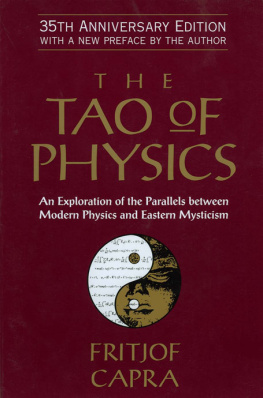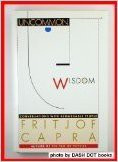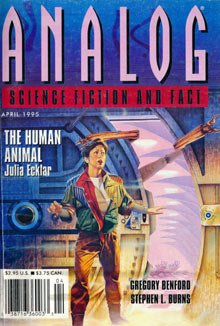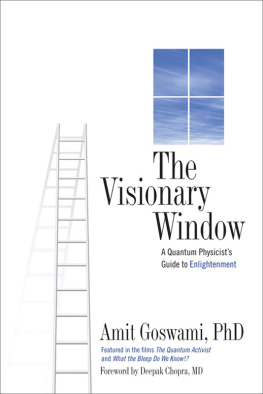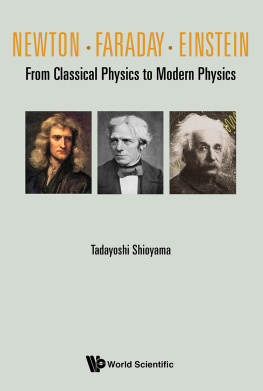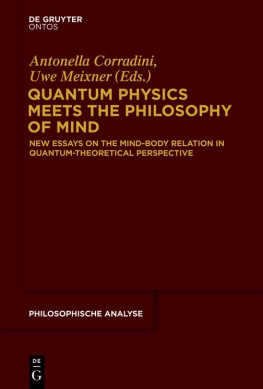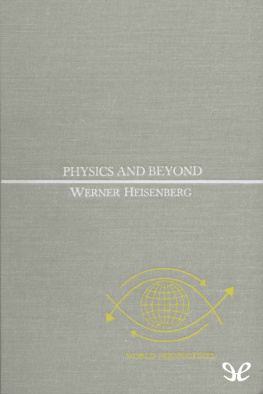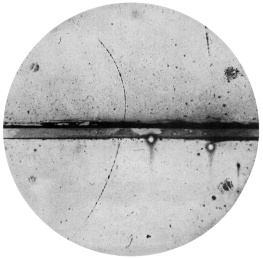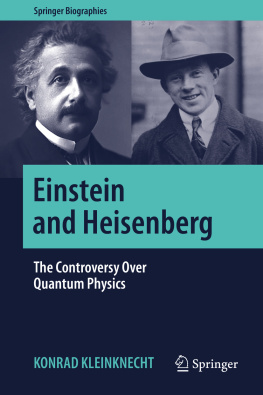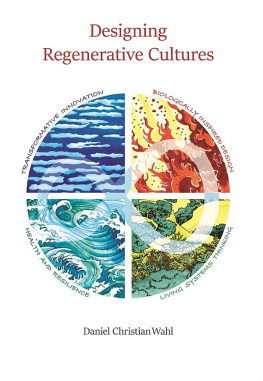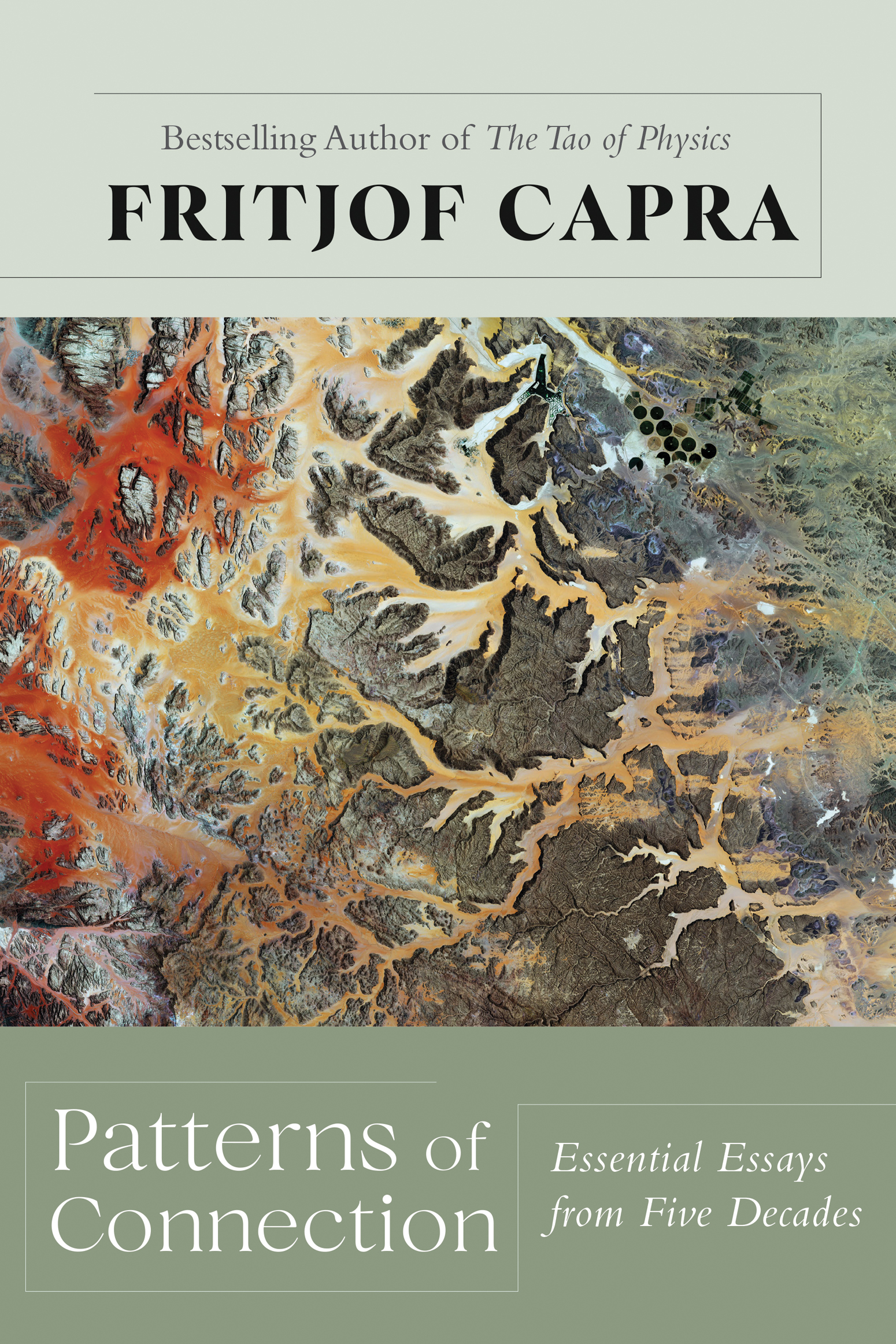Patterns of Connection
Essential Essays from Five Decades
Fritjof Capra


High Road Books is an imprint of the University of New Mexico Press
2021 by Fritjof Capra
All rights reserved. Published 2021
Printed in the United States of America
ISBN 978-0-8263-6280-3 (cloth)
ISBN 978-0-8263-6281-0 (e-book)
Library of Congress Control Number: 2021941268
Founded in 1889, the University of New Mexico sits on the traditional homelands of the Pueblo of Sandia. The original peoples of New MexicoPueblo, Navajo, and Apachesince time immemorial have deep connections to the land and have made significant contributions to the broader community statewide. We honor the land itself and those who remain stewards of this land throughout the generations and also acknowledge our committed relationship to Indigenous peoples. We gratefully recognize our history.
Cover photograph: adapted from photograph by USGS on Unsplash
Designed by Felicia Cedillos
Contents
Acknowledgments
While I was collecting the essays assembled in this book and writing the introductory narratives for each chapter, I had numerous dialogues and discussions with friends and colleagues about the history and evolution of the current change of paradigms in science and society and about a systemic perspective on current events.
I am especially grateful to Hazel Henderson, Terry Irwin, Jeremy Lent, Pier Luigi Luisi, Oscar Motomura, and Daniel Wahl for enlightening conversations; to the alumni of my online Capra Course around the world for countless stimulating discussions; and to Mira Michelle Kennedy and Phoebe Tickell for facilitating them.
I am very grateful to Miguel Altieri and to Jonathan Ashmore for their critical readings of the manuscript and for many helpful suggestions.
Special thanks are due to my agent, Andy Ross, and my publisher, Stephen Hull, for their encouragement, support, and advice.
Last but not least, I am deeply grateful to my wife, Elizabeth, and to my daughter, Juliette, for their understanding and support, and for numerous editorial suggestions.
Preface
I was trained as a physicist and spent 20 years, from 1965 to 1985, doing research in theoretical high-energy physics at various European and American universities. Early on, I became interested in the philosophical implications of the conceptual revolution that took place in modern physicsa change from the mechanistic worldview of Descartes and Newton to a systemic and ecological view. In the early 1970s, I began to explore these implications systematically, publishing my findings in a series of books, as well as in numerous articles, lectures, and seminars.
Eventually, in the mid-1980s, I stopped my work in physics altogether and became a full-time writer, educator, and activist. My research and writing since that time has involved explorations of many fields of knowledge in a meandering process with many tangential (and sometimes erroneous) pursuits, but always with an explicit systemic perspective. Looking back on these explorations now, I can see that they amounted to a systematic investigation of a central theme: the fundamental change of worldview, or change of paradigms, that is now occurring in science and in society, the unfolding of a new vision of reality and the social and political implications of this cultural transformation.
The essays in this book reflect the evolution of my thinking during five decades (from 1971 to 2020). Many contain materials that never made it into any of my books, and quite a few have never even appeared in print.
These essays combine and interrelate the two sides of my professional life as a scientist and science writer, on the one hand, and as an environmental educator and activist on the other. Hence, they reflect not only the trajectory of my career but also the history of several movements for social changefrom the counterculture of the 1960s to the New Age movement of the 1970s, the emergence of Green politics in the 1980s, and the rise of the global civil society from the 1990s to the present.
My research of the change of paradigms in science and society culminated in a grand synthesis, which I discuss in detail in the textbook The Systems View of Life: A Unifying Vision, coauthored with Pier Luigi Luisi. Unlike The Systems View of Life, the present book is not a summary of my worldview, but rather a personal account of my intellectual journey, documented by a series of essays together with extensive commentaries that interweave the essays and provide historical and philosophical context.
Patterns of Connection shows the evolution of my thinking long before acceptance by the academic and political establishments. The essays illustrate my fascination with the philosophy of quantum physics and my encounter with Eastern mysticism, which culminated in the writing of The Tao of Physics; the change of focus of my research from physics to the life sciences; my 25-year-long project of formulating a grand synthesis of the systems view of life; and my activities as an environmental activist and educator.
From my student years in Vienna, I was fascinated by the dramatic changes of concepts and ideas that occurred in physics during the first three decades of the 20th century. This fascination was stimulated by my reading of the book Physics and Philosophy by Werner Heisenberg, one of the founders of quantum theory. In this book, Heisenberg describes vividly how the exploration of atomic and subatomic phenomena brought a handful of physicists in contact with a strange and unexpected reality, which forced them to dramatically change their basic concepts, their language, and their whole worldview. Heisenbergs book had a decisive influence on my thinking and determined the trajectory of my entire career as a scientist and writer.
Between my student years in Vienna and the writing of my first book lies the period of my life in which I experienced the most profound and most radical personal transformationthe period of the 1960s. The spirituality, questioning of authority, sense of empowerment, and experience of community that were characteristic of those formative years became the foundation of my values and of my activities as an environmental activist and educator. During the sixties, I experienced the memorable student uprising in Paris, which is still widely known simply as May 68. In the fall of that year, I moved to California, where I fully embraced the counterculture, read books about Eastern mysticism, practiced meditation, and experimented with psychedelicsall while also continuing my research in high-energy physics.
With the resulting expansion of my consciousness, I soon recognized significant parallels between the basic concepts of modern physics, as discussed in Heisenbergs book, and the principal ideas of Eastern spiritual traditions. In 1970, while working at Imperial College in London, I decided to write a book about my discovery that modern physics leads us to a consistent view of the world that is in harmony with ancient Eastern wisdom. First published in 1975, The Tao of Physics is still my best known and most successful book. It has been available in over 40 editions in over 20 languages and has sold more than a million copies worldwide.


